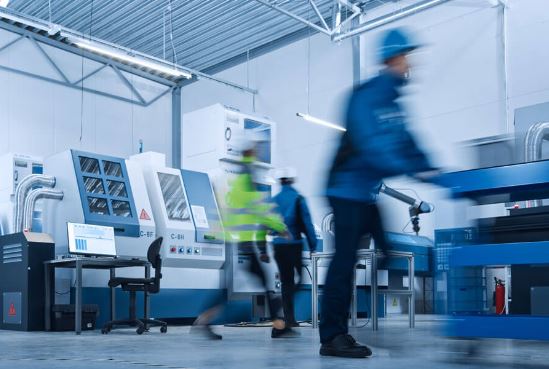What Is the Trend in the CNC Industry in 2024
The Computer Numerical Control (CNC) industry is continuously evolving, driven by advancements in technology and the increasing demand for precision and efficiency in manufacturing. In 2024, several key trends are shaping the future of the CNC industry. This article explores these trends and their implications for manufacturers and stakeholders.

1. Integration of Artificial Intelligence and Machine Learning
Artificial Intelligence (AI) and Machine Learning (ML) are transforming the CNC industry by enhancing automation, predictive maintenance, and process optimization. AI-driven algorithms analyze data from CNC machines to predict tool wear, optimize cutting paths, and reduce downtime.
2. Increased Use of IoT and Smart Manufacturing
The Internet of Things (IoT) is enabling smart manufacturing by connecting CNC machines to a network of sensors and devices. This connectivity allows for real-time monitoring, remote control, and data collection, facilitating more informed decision-making and predictive maintenance.
3. Advances in Additive Manufacturing
Additive manufacturing, or 3D printing, is increasingly being integrated with CNC machining to create hybrid manufacturing systems. This combination allows for greater design flexibility, faster prototyping, and the production of complex geometries that are difficult to achieve with traditional methods.
4. Emphasis on Sustainability and Green Manufacturing
Sustainability is a growing concern in the manufacturing industry, and the CNC sector is no exception. Companies are focusing on reducing waste, improving energy efficiency, and adopting environmentally friendly materials and processes.
5. Customization and On-Demand Manufacturing
The demand for customized products is increasing, and CNC technology is at the forefront of enabling on-demand manufacturing. CNC machines can quickly and accurately produce small batches of customized parts, catering to specific customer needs.
6. Enhanced Cybersecurity Measures
As CNC machines become more connected through IoT and smart manufacturing, the risk of cyber-attacks increases. Protecting sensitive data and ensuring the security of manufacturing processes are critical concerns for the industry.
7. Workforce Development and Training
The rapid advancement of CNC technology requires a skilled workforce capable of operating and maintaining sophisticated machinery. Companies are investing in training programs to equip their employees with the necessary skills.
The CNC industry in 2024 is characterized by significant technological advancements and evolving trends that are shaping the future of manufacturing. From AI and IoT integration to sustainable practices and enhanced cybersecurity, the industry is poised for continued growth and innovation.
Manufacturers who embrace these trends and invest in cutting-edge technology will be well-positioned to thrive in the competitive landscape. Staying informed and adapting to these changes is crucial for success in the dynamic CNC industry.